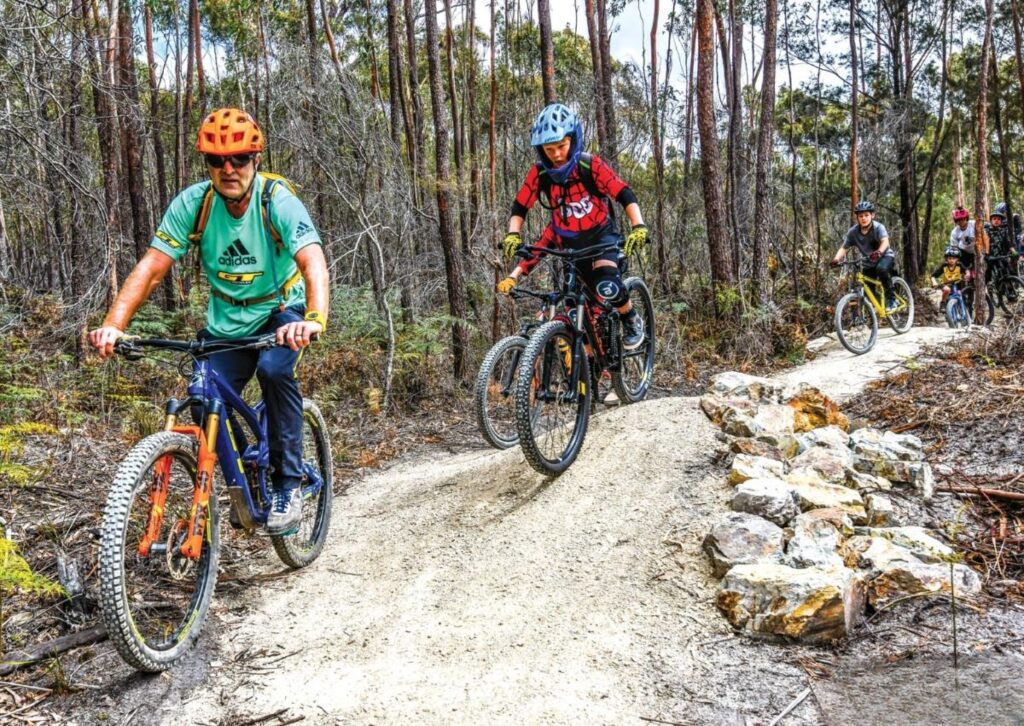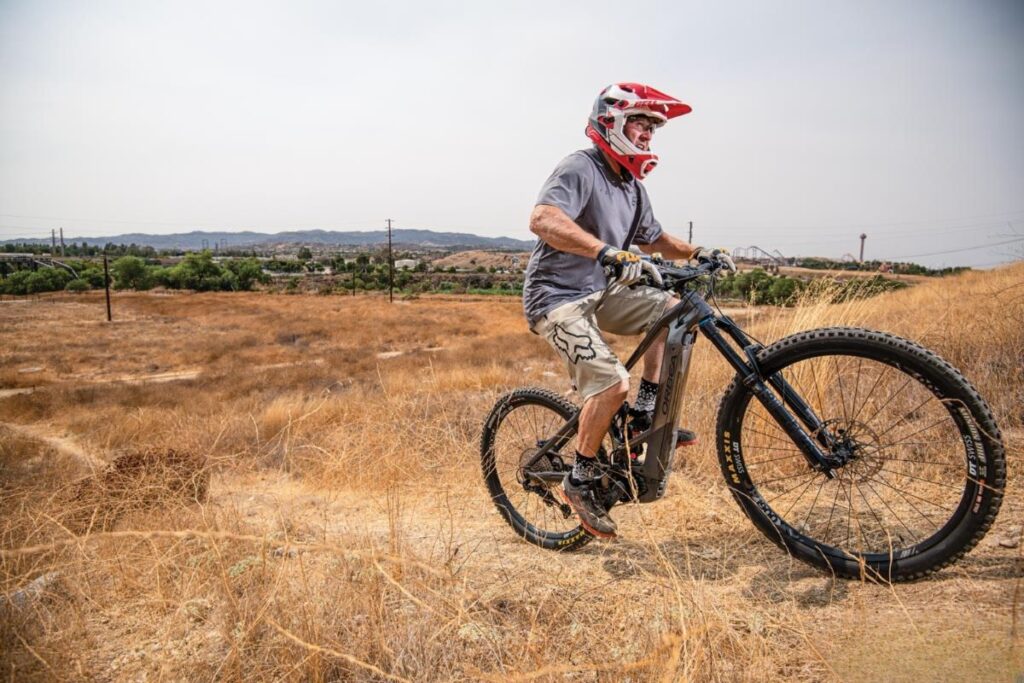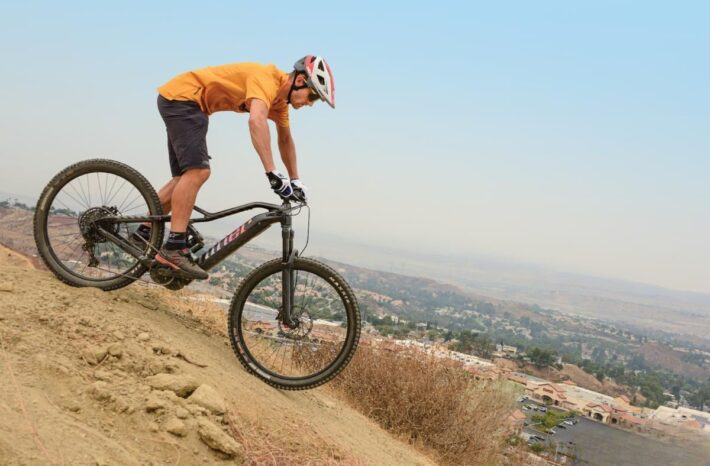Electric-assist mountain bikes have opened up the trails for many new riders, and it’s great to see more people having fun on two wheels. But, unless you have an experienced friend to ride with, you may be unaware of some longstanding rules of etiquette on the trail.
And following a few best practices can maintain harmony between riders, trails, animals, and the authorities.
Trail Etiquette Best Practices To Follow
Many rules for trail etiquette and design are derived from the efforts of the International Mountain Bicycling Association, which has tirelessly fought for trail access and bicycle advocacy for 30 years. Similarly, PeopleForBikes, is a membership-driven organization that works the government channels to get more bicycle access. Both groups have supported the influx of e-bikes and deserve the support of all cyclists.
Trail riding etiquette best practices include:
Respect The Landscape
When you’re riding single=track trails, stay on the trail, and watch out for riders going slower or in the other direction and signs showing directions or closures. Avoid muddy trails as this will cause rutting and trail widening, which requires maintenance, and ride through rather than around standing water if there’s no other trail available. If you have to walk a technical feature or hill, walk over them, not around them.
Share The Trail
Watch out for other riders and/or critters if you’re on a single-track bike trail. In some areas, keep an eye out for snakes enjoying sunny spots. We regularly see rattlesnakes, but we’ve never had one rattle or threaten to strike because we either carefully avoid them on the trail or stop and wait for them to slither away.

If you’re climbing a single-track behind someone slower, don’t force your way past or sit on their rear wheel. Saying hello is always appropriate; you might have a good conversation, and if they’re experienced riders, they may have tips on riding or the local area. We’ve learned about new trails this way, and when you reach a wider area to safely pass, ask if it’s okay to do so.
Most wider trails and fire roads are multi-use, often shared by hikers, bikers, and sometimes horses. If you encounter others walking, give them a wide berth (or even stop) and say hello as they pass.
Stick To Open, Legal Trails
Ignoring signs, poaching trails, building illegal/unauthorized trails, or adding unauthorized features go against our efforts for greater trail access. A few bad apples can spoil the whole bunch, and poorly built features can seriously injure riders or other trail users. If you want to build a new trail, get involved with the local land manager or trail stewards to help others enjoy the area safely and legally.
Ride In Control
Too much speed, inattention, and rudeness are the primary causes of conflict among trail users. If you’re at a place where you need to pass, announce yourself or ring a bell to let others know and wait for them to move out of the way. A good tip is that if you’re riding with a group, tell the riders that you pass how many people are behind you. Be especially careful around horses, as they can be highly unpredictable. The best thing to do is to dismount, wait until the horse passes, then resume your ride.
Be especially careful when riding trails you don’t know well or those with poor sight lines or blind corners. Ensure you can hear what’s going on around you and pay attention to what’s around you if you intend to bomb down a train while listening to music or trying to get that Strava KOM — and for what it’s worth, we think multi-use trails should be locked out of Strava.
Be Kind To Animals
As the saying goes, live and let live. Scaring cattle and disturbing wildlife are serious offenses; in some cases, they can get you bitten, kicked, trampled, or gored. If you take your dog on the trail, check the local leash laws and ensure your pup is obedient enough not to cause problems for other trail users.
Plan Ahead
Preparation is key to safely and legally navigating any trail. Ensure you carry tools and supplies to perform minor repairs and learn how to fix a flat tire or do simple repairs. If you’re in a place you don’t know well, download a GPS map to your phone because there’s not always a guaranteed signal. Riding with friends is always fun and safer, but if you’re going out alone, share your ride plans with someone.

Master Trail Etiequettes On Your E-Bike
Mastering any trail relies on being prepared and respecting other riders and users. Ensure you take time to explore the trail before heading out, and if you’re going to be riding for a while, bring water in a bottle or a hydration pack to avoid the effects of the heat and maximize the fun you can have.
Now that you’re armed with good trail etiquette, get out there and start practicing it! Explore our guide to the benefits of electric mountain bikes and check out the best fat-tire electric bikes.

